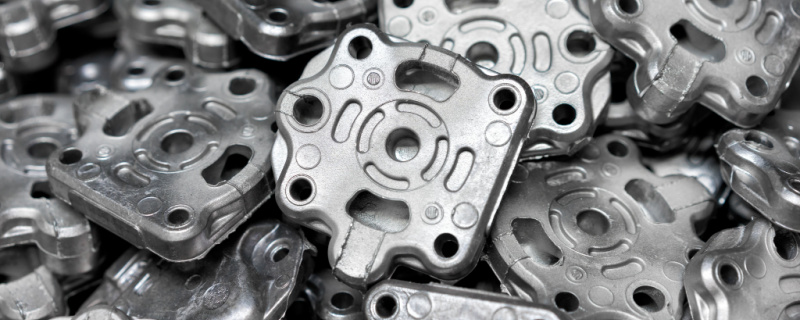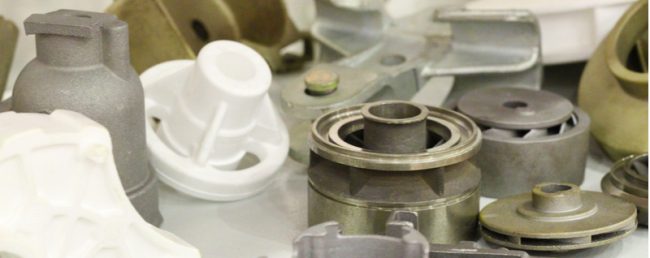Lost-Foam Casting Process – How Does It Work?

Since its invention in the early 1950s, lost-foam casting has been a go-to technique for producing detail-oriented and highly dimensionally accurate metal products in several industries. In addition, this casting technique significantly minimizes fabrication costs in foundries due to the minimized need for extra machining. This article explores lost-foam casting, highlighting its benefits and the process steps.
What Is Lost Foam Casting?
Lost-foam casting is a type of casting that leverages polystyrene pallets or molds to create high-detail metal pieces and parts. The process is ideal for casting complex small to medium metal products that maintain excellent surface finishes and high precision. Unlike other types of casting, the molten metal evaporates the polystyrene foam mold in lost-foam casting, leaving metal products that require little to zero shaking.
Advantages of Lost Foam Casting
The minimal steps required in lost-foam casting result in a corresponding high lead time. While other casting processes leverage several complicated steps to achieve final metal products, lost-foam casting requires minimal steps to achieve complex castings, making it more economical than investment casting. Another advantage of this casting process includes its likelihood of creating high-accuracy metal products with little to no casting defects, eliminating the need for extra machining. Moreover, lost-foam casting saves significant labor and production costs in foundries.
When to Use Lost Foam Casting
Lost-foam casting is ideal for creating metal products in several industries, including automotive, arts, defense, agriculture, and computer technology. The process is suitable for a wide material range, such as cast iron, alloy steel, ferrous alloy, carbon steel, and alloy aluminum, enabling the production of different metal parts. Manufacturers leverage lost-foam casting to fabricate products, such as cylinder blocks, valves, automotive engines, gearbox details, fire hydrants, cylinder heads, and 3D models, since the technique creates castings with high dimensional accuracy. This technique is also well-suited for creating highly detailed and complex products, such as lamp posts, pump housing, pan support, gas burners, and fences. If the designs of your metal products are complicated and you prioritize excellent finishing and dimensionally accurate products, lost-foam casting is the most viable option.
Lost Foam Casting Process Steps

Five steps in lost-foam casting include:
- Making design pattern
- Applying insulation paint
- Inserting the mold into a sand flask
- Pouring the molten metal
- Retrieving the final product
Manufacturers leverage polystyrene foams to design patterns due to their exceptional thermal and chemical properties. These manufacturers can achieve several design patterns by hand-cutting from a solid block foam or machining with computer-aided design (CAD) software. Design complexity is a factor manufacturers consider: more complex designs require manufacturers to make and glue the foam molds. Alternatively, manufacturers can use a process similar to injection molding to design polystyrene beads into the desired mold. This alternative technique is ideal for mass production.
Secondly, the manufacturer coats each resulting mold with insulation paint and air dries them. This coating is essential for ensuring the consistency and durability of the mold surface, protecting it against erosion. After placing these molds in a flask, the manufacturer fills and compacts the flask with un-bonded sand, incorporating a sprue and vents for receiving molten metal and expelling gas, respectively. The next step involves pouring the molten metal, which burns out the foam mold and forms the casting. Lastly, the manufacturer retrieves the finished product from the sand flask.
Trust the Casting Experts at PumpWorks Castings
PumpWorks Castings is an industry-leading provider of advanced casting solutions. We offer a comprehensive range of tool design and development capabilities and several years of expertise to meet industry and consumer requirements.
Contact us today to get more information on the services we offer.